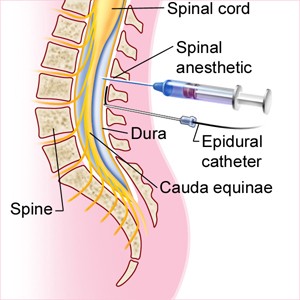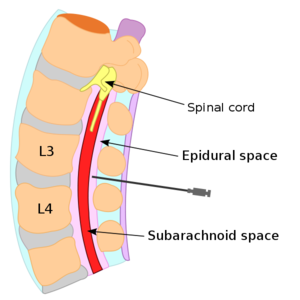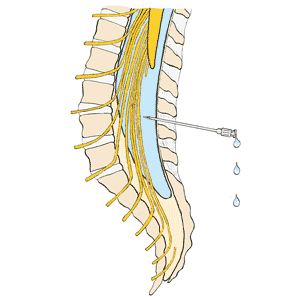Difference Between Epidural and Spinal

General anesthesia is very important when performing surgery in order to basically knock them out so that the patient does not feel anything. But in cases of pregnancy, it is not favourable to administer an expecting mother with anesthesia due to the harmful effects it could have on the delivery.
When talking about a caesarean section during delivery, it is highly recommended by doctors that either spinal or epidural anesthesia is administered to the woman. This basically allows it to numb certain areas and ultimately, ease the pain being experienced by her.
These types of anesthesia are being preferred over the general type in many countries now because of the reduced risk involved. While epidural and spinal anesthesia is injected in different places of the body, both the nerves are located in a sort of sac containing the cerebrospinal fluids.
The main difference between an epidural and spinal anesthesia is the fact that the former is administered outside of the sac, which is known now as the epidural area, while the latter focuses on the doctor administering the anesthesia directly into the sac. The time for them to become effective is most definitely not the same as well because it takes time for the body to react to the anesthesia given in different areas.
Ultimately, the result of administering the two types of anesthesia is the fact that the lower part of the body will become numb and can take anywhere from 10 to 20 minutes to see the desired effects. The risk associated with the two also varies, but the chances are very minimal as epidurals can be considered slightly more risky than a spinal.
Instructions
-
1
Epidural
Epidural anesthesia is administered in the area around the sac and can take some time to begin affecting the human body. The chance of any neurological damage occurring from epidural anesthesia is 1 in 150000, making it safer than most choices and definitely less than administering general anesthesia.
- Image Courtesy: voices.yahoo.com

-
2
Spinal
Spinal anesthesia is injected directly into the spinal sac and normally acts immediately, but also has a lower chance of neurological damage with the chances being 1 in 220000. There are no catheters attached in this case and less or a reduced amount of medicine is required when using the spinal method.
- Image Courtesy: medbroadcast.com





